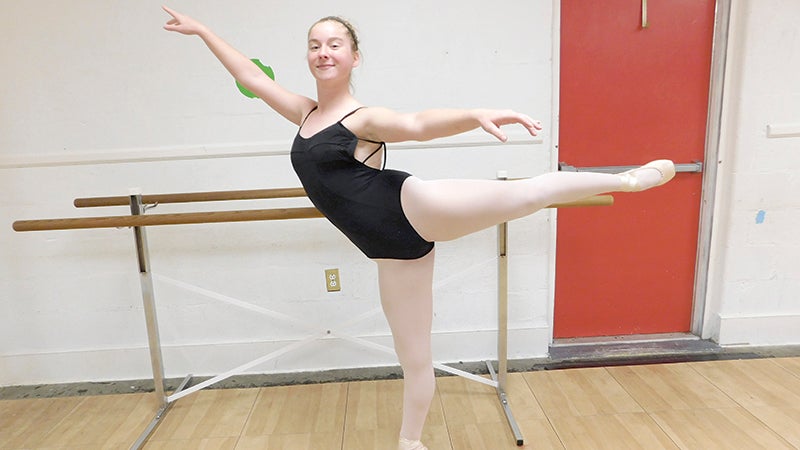Seeking history
Published 9:48 pm Wednesday, May 18, 2016

Researcher Malcolm LeCompte wheels the ground penetrating radar around Historic St. Luke’s Church on Wednesday.
Researchers used ground penetrating radar at Historic St. Luke’s Church Wednesday, searching for signs of unmarked graves or other hidden relics.
The technology uses radio waves to detect and map out the precise geospatial coordinates of buried artifacts, according Clay Swindell and Malcolm LeCompte, research associates from Elizabeth City State University’s Center of Excellence in Remote Sensing Education and Research.
Working in a grid Wednesday, the two surveyed roughly 18,000 square feet around the circa-1632 church’s perimeter. They also used the technology inside the church, where — according to lore — four people are buried.
“There’s something big here,” said LeCompte, watching a computer screen showing the depth of objects buried beneath his feet.
It’s not uncommon to discover unmarked graves around old churches, he added.
The report, which will include pinpointed coordinates and depths of any objects located, can serve as a blueprint for future archeological excavations, said Swindell. It will also include virtual, three-dimensional views of the findings, he said.
“We are doing preliminary work … and that will allow archeologists to focus on future excavations,” Swindell said. “This saves money and speeds up the process.”
It will also help St. Luke’s make sure capital projects, such as landscaping and refurbishing roads and ponds, don’t interfere with graves or anything with historic value, said Collin Norman, St. Luke’s assistant director.
“It will be interesting to see if there are foundations of any earlier structures,” Norman said. “It might open up future burial plots.”
Currently, there are about 30 plots available in the historic cemetery, Norman said.
“It’s a non-invasive form of research … so we don’t have to worry about damaging graves,” Norman said.
Although the technology has long been used to locate graves and underground wire, its use in archeology is still relatively new, LeCompte said.
The Isle of Wight Museums Foundation funded the $3,800 project.





